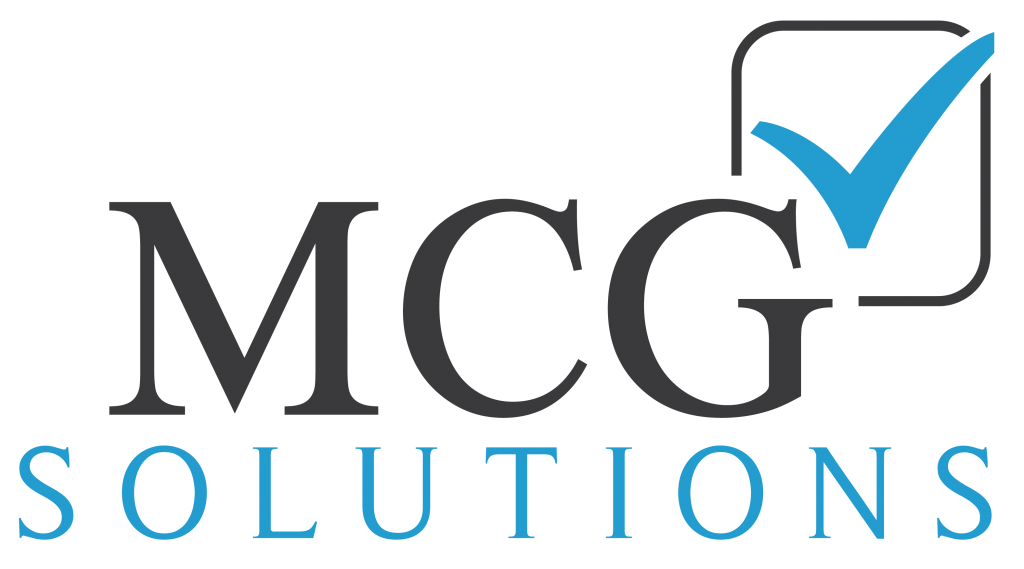Understanding your financial statements is crucial for making informed business decisions, yet many small business owners find financial statements intimidating and confusing. Here’s a quick guide to analyzing your financial statements, to demystify the process, and ensure you make smart decisions for your small business.
Understanding the basics
Financial statements are records that provide an overview of your business’s financial health. The three primary financial statements you need to understand are the income statement (profit and loss statement), balance sheet, and cash flow statement. Each offers insight into different aspects of your business’s finances.
Income statement
The income statement shows your business’s profitability over a specific period, including your revenue, expenses, and net income (or loss). The key components of an income statement are revenue, cost of goods sold (COGS), gross profit, operating expenses, and net income. Revenue is the total sales or income generated by your business. COGS represents the direct costs of producing the goods or services sold. Gross profit is calculated by subtracting COGS from revenue. Operating expenses include costs related to running your business, such as rent, salaries, and utilities. Finally, net income is determined by subtracting operating expenses and taxes from gross profit.
To analyze your income statement effectively, focus on trends to identify increases or decreases over time. Evaluate your expense management to find areas where costs can be reduced. Finally, assess overall profitability to determine if your business is generating a profit or operating at a loss.
Balance sheet
The balance sheet provides a snapshot of your business’s financial position at a specific point in time, showing what you own (assets), what you owe (liabilities), and your net worth (equity). Assets include current assets (cash, accounts receivable) and non-current assets (property, equipment). Liabilities are divided into current liabilities (accounts payable, short-term loans) and long-term liabilities (mortgages, long-term loans). Equity represents the residual interest in the assets after deducting liabilities, or, the owner’s stake in the business.
When analyzing your balance sheet, assess liquidity by comparing current assets to current liabilities (current ratio) to determine your ability to meet short-term obligations. Monitor your debt levels by looking at the proportion of debt to equity (debt-to-equity ratio) to understand your financial leverage. Finally, evaluate your asset management to see how effectively you are using those assets to generate revenue.
Cash flow statement
Your cash flow statement shows the inflows and outflows of cash over a specific period and is divided into three sections: operating activities, investing activities, and financing activities. Operating activities reflect cash generated or used in core business operations. Investing activities show cash used for investing in assets like equipment or property. Financing activities detail cash from borrowing or repaying loans and investments from or distributions to owners.
To analyze your cash flow statement, ensure that your core business operations generate sufficient cash to sustain the business. This is done by examining cash flow from operations. Try to understand the impact of asset purchases and sales on your cash flow through investing activities. You can also review your ability to raise funds or repay debts by reviewing your financing activities.
Practical steps to take
Regularly reviewing your financial statements—preferably monthly or quarterly—is essential for staying informed about your business’s financial health. Benchmarking your financial statements against industry standards can help you gauge your performance.
If creating and interpreting your financial statements seems overwhelming, consider outsourcing your financial statements to a bookkeeping service and consulting with a financial advisor. Staying on top of your business finances will ensure that you’re prepared for whatever the future holds, whether that’s a historically slow period, unforeseen expenses or simply to scale your business up as business booms.
For help with your small business bookkeeping and tax preparation needs, contact MCG Solutions today.

